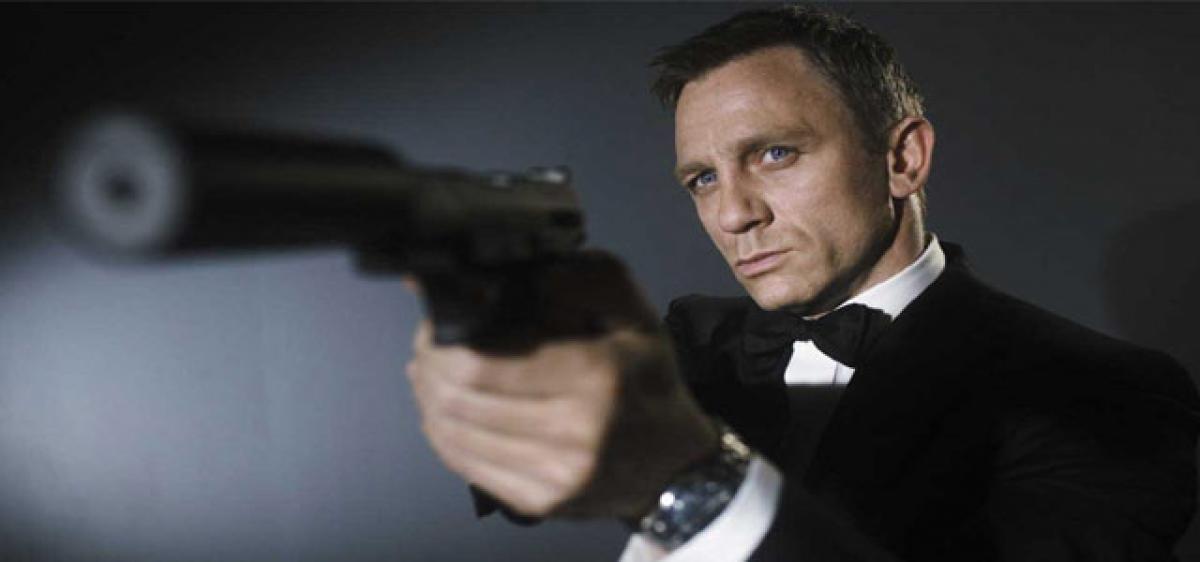Unconventional but alluring heroes

In human affairs, things exist before they are formally named and continue to thrive even when people don\'t know or forget the name. Take this type of literary character, who continues to hold a strange fascination for us – the \"hero\" (or rather, the anti-hero or even villain) who is passionate but flawed, charismatic but behaves outrageously, holds unshakeable beliefs while internally-conflicted
In human affairs, things exist before they are formally named and continue to thrive even when people don't know or forget the name. Take this type of literary character, who continues to hold a strange fascination for us – the "hero" (or rather, the anti-hero or even villain) who is passionate but flawed, charismatic but behaves outrageously, holds unshakeable beliefs while internally-conflicted and seems to nurse dark secrets.
Seen in some of the most iconic "classical" literature, this character, who came to be called "Byronic Hero" after the British poet who created its most typical manifestation, and whose own life seemed to exemplify it, is still going strong in popular literature – recall any examples from ‘Twilight’ or even the Harry Potter series?
But even before Romanticist poet and "the mad, bad and dangerous to know" George Gordon, Lord Byron (1788-1824) wrote ‘Childe Harold's Pilgrimage’ (1812-18) and went on to shock society with his scandals, the archetype was well entrenched.
Even predating English literary tradition with proud, brooding Achilles of the "Iliad", an early English example is Lucifer, of John Milton's ‘Paradise Lost’ -- "...Hurled headlong flaming from th' ethereal sky/With hideous ruin and combustion down/To bottomless perdition, there to dwell/In adamantine chains and penal fire,/Who durst defy th' Omnipotent to arms."
It was in the era of Romanticism (end 1800s to mid-1900s) that the character came into its own with Childe Harolde. "A man proud, moody, cynical, with defiance on his brow, and misery in his heart, a scorner of his kind, implacable in revenge, yet capable of deep and strong affection," as per Lord Macaulay.
The main traits of this character are that they are usually male (though there are some rare female examples too), usually attractive, which allied with a strong personality, leads them to be dominant.
Intelligent, perceptive, passionate and hard-driven, they are also cynical, cunning, self-centred and emotionally sensitive (bi-polar or moody).
More introspective than is good for them, they are liable to brood on perceived injustices or their dark and mysterious pasts, see their entrenched beliefs as contrary to the mainstream and struggle at this, be liable to ride roughshod over others without qualm, and should they fail, become isolated, exiled or self-destructive. (More can be found at the very thorough tvtropes.org, which also differentiates them from Tragic Heroes/Villains, though a character may be both.)
In light of these traits, many famous characters can be identified as Byronic Heroes.But while Byron's ‘Childe Harolde’ is the trope-namer, his other creation believed to display the trope – Don Juan – is not, at least in his version where he is more misunderstood than a selfish, villainous womaniser the name now denotes in public imagination.
Mary Shelley's Dr Victor Frankenstein can be one, given his dangerous experiments and troubled past as well as his lack of any feeling for the "monster" he creates, so is Lord Ruthven of novella ‘The Vampyre’, who is even described as looking like Byron.
Then the Bronte sisters seemed particularly fond of the archetype. Eldest Charlotte Bronte's ‘Jane Eyre’ had Rochester, a heroic version, middle sister Emily Bronte's ‘Wuthering Heights’ had the genuinely dangerous Heathcliff, who spares no effort in seeking to destroy both the Lintons and the Earnshaws for revenge, while the youngest, Anne Bronte's ‘The Tenant of Wildfell Hall’ has a rare female example in the titular tenant Helen Graham.
Byronic heroes can also be found in other literary traditions – the eponymous hero of Alexander Pushkin's ‘Eugene Onegin’ is, however, a parody and deconstruction, and so is Grigori Pechorin in Mikhail Lermontov's ‘A Hero of Our Time’. Both are also examples of the "Superfluous Man", a unique Russian subset of the character.
In French literature, the best examples are Edmond Dantes or ‘The Count of Monte Cristo’ (Alexandre Dumas), who goes to great lengths to destroy his enemies, and so does Captain Nemo, of Jules Verne's ‘Twenty Thousand Leagues Under the Sea’. Then there is also Erik, ‘The Phantom of the Opera’ (by Gaston Leroux).
In America, Byronic Heroes crop up in two landmark novels – Rhett Butler of Margaret Mitchell's ‘Gone With the Wind’ is a man with a troubled past who speaks and acts as he wants, while Jay Gatsby (from F Scott Fitzgerald's ‘The Great Gatsby’) stakes everything to win his highly idealised love, Daisy, by all means possible including garnering wealth by some dubious methods.
Then Maximilian de Winter of Daphne Du Maurier's ‘Rebecca’, James Bond (of the later books and films), Cullen of "Twilight", while from the Harry Potter world, the obvious candidate seems Severus Snape, clever but nasty and holding a dark secret – but also consider Sirius Black, a bit mental and violent due to his long imprisonment, the last of a noble line and having a spooky old house. Just goes to show Byronic Heroes are still around and haven't lost their strange allure.














